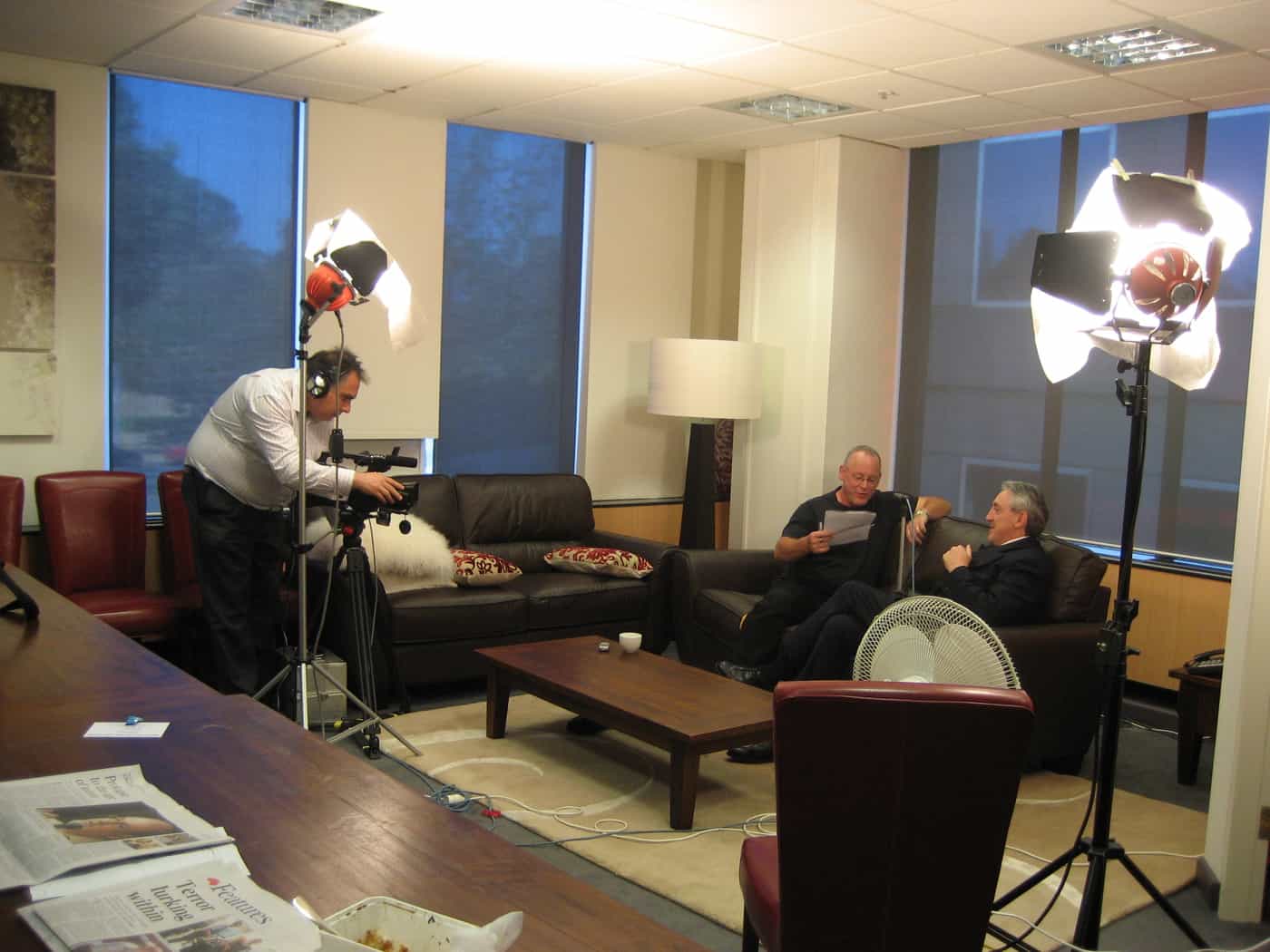On 26 February 2009, the Tasmanian Coroner, Rod Chandler, released his findings in to the death of Larry Knight in the Beaconsfield mine collapse of April 2006
The Coroner found that
“the evidence does not permit me to make a positive finding that any person, corporation or other entity, by their conduct, directly contributed to Mr Knight’s death.”
The report is available for download HERE
SafetyAtWorkBlog will bring more information on this important decision over the next few days.
UPDATE
The brother of Larry Knight, Shane, and union representative Paul Howe, have expressed their disappointment with the findings of the Tasmanian Coroner. In an interview with journalists there was mention of the inadequacies in the risk assessment process, the poor resources of Workplace Standards Tasmania, the lack of attention given to safety advice from multiple consultants.
Shane Knight continues to believe that the mine management was responsible for the death of his brother.
Paul Howes called on the government to end the approach of self-regulation and called on business to not put profit before safety.

